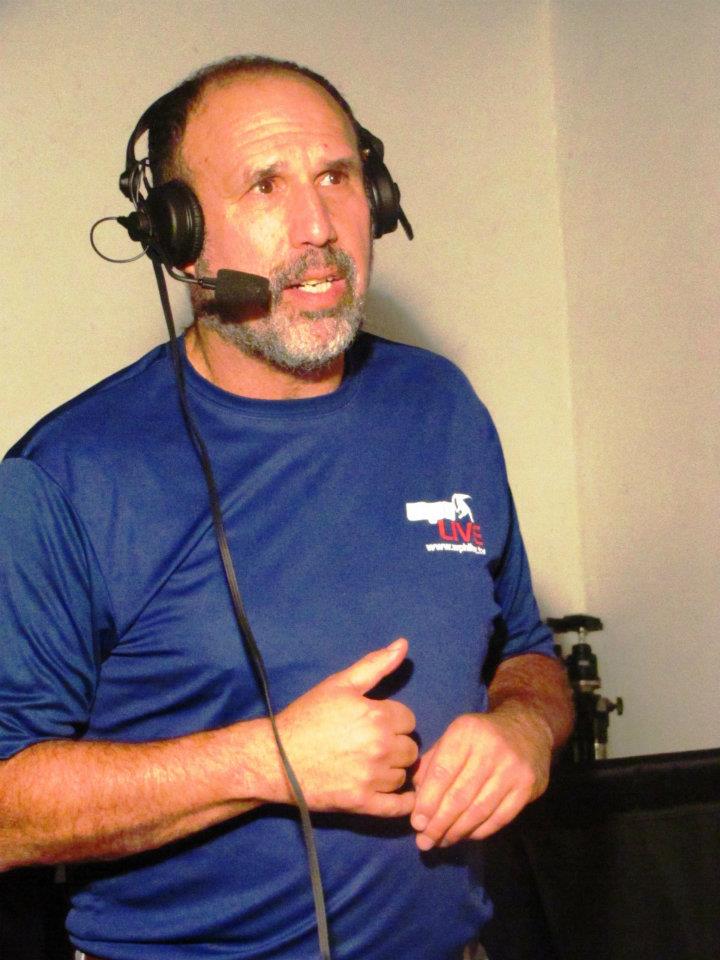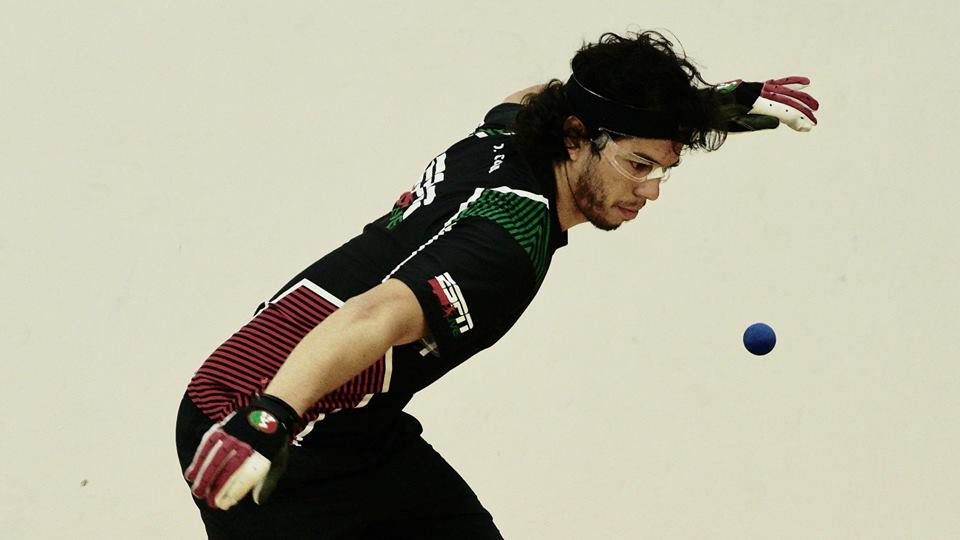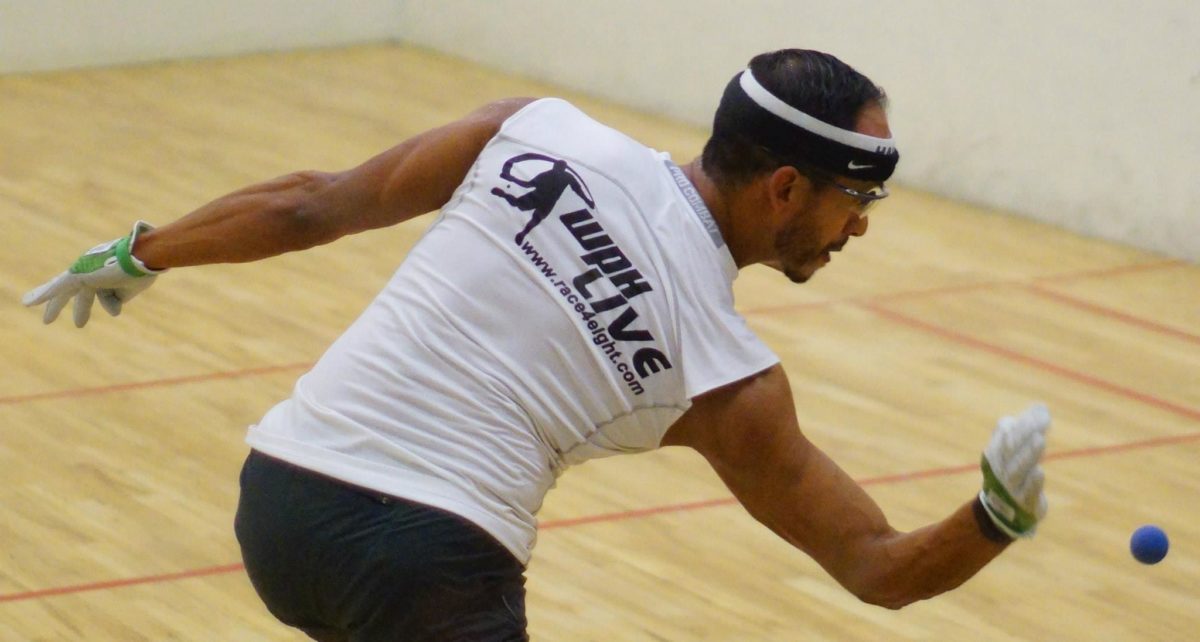WPH Press, 1/19/21
The WPH Coaching Center has discussed Coaching, How to See a “Fast Ball,” The Six Walls, The Most Important Shot, The Diet, What Separates Paul Brady, The 3-Wall Power Serve, Doubles Strategies, the Fist to the Ceiling, the Sidearm Kill, the Paddle Kill, and much more. The WPH Coaching Center will continue to examine the various strategies and shots that will make you a better handball player, as this week’s WPH Coaching Center will analyze the 2-Wall V Pass.
Handball highlight reels are littered with flat rollouts, ace serves, and diving retrieves, while the 2-Wall V pass receives far less notoriety. The 2-Wall V Pass is a devastating shot that can be used to gain court positioning, as a rally-ender, or as a defensive shot. Unlike a kill shot that needs to hit the front wall six inches or lower to be successful, or an ace serve that must cross the short line by no more than six inches, the 2-Wall V Pass has a much larger margin. The 2-Wall V Pass can serve as a rally-ender by hitting anywhere from six-to-twelve feet high on the front wall and six inches-to-five feet high on the front wall. Fred Lewis once said that he won a national title without a kill shot – he didn’t need it, he had the 2-Wall V Pass!
The 2-Wall V Pass is a steady shot that can be executed on the days you cannot locate your two-inch high kills. Not only can the 2-Wall V Pass serve as a rally-ender, but it can also serve as a demoralizer and a “wind-sucker,” as your opponent will be gasping for air as he runs to the backcourt chasing the angled rocket.
The Coaching Center’s esteemed panel of Fred Lewis, Danos Cordova, and Naty Alvarado, Jr. will dissect the 2-Wall V Pass in this two-part Coaching Center. Get ready to learn and dominate!
How to hit the 2-Wall V Pass
In Part One of the 2-Wall V Pass, our experts will break down how to hit the 2-Wall V Pass, starting with the setup, contact point, weight transfer, aim, trajectory, the type of spin, and more.
Fred Lewis
The hitter approaches the ball in a similar way as attempting a kill shot. In other words the opponent can’t anticipate a kill or pass unless he knows the hitter’s tendencies.
The hitter strikes the ball and aims somewhere near the center of the wall. Contact is made somewhere between the knee and the waist. The forearm should turn towards the ceiling in order to send the ball on an upward trajectory. If the ball is hit hard enough it will pass the opponent and strike the left sidewall behind the short line. After the ball hits the sidewall it will begin to lose velocity and bounce at least twice before ending up in the rear of the court.
An effective pass shot is one that bounces behind the opponent and out of his or her reach.
Danos Cordova
I almost always aim somewhere close to the middle. The important thing is how you hit the ball and what spin the ball carries onto the front wall
Ideally, if you hit a pass shot down the left wall with your right hand, you’d want it to be a natural hop. Same if you hit a pass with your left down the right wall, a natural is the play. For a right hand to right wall you’d want to hit a reverse – same for left hand to left wall. The hop is not very important for this shot though
As with any other handball shot, you want to make sure you transfer your weight correctly from your back foot to the front foot. You also want to open up your hips a good bit as you swing through the ball and point your front foot towards the line you want to ball follow. Contact point should be at the waist.
The aim is to have the ball hit the sidewall about 3 feet high and exactly where your opponent is located. If he’s standing in the middle of the court by the short line, you want the ball to hit the side wall 3 feet high and right at the level of the short line
Naty Alvarado, Jr.
I felt more comfortable striking the V pass somewhere below my waist line with a top reverse so that the ball spin would force the opponent into the deeper sections of the deep court.
The ultimate pass, however, is one that you strike with a natural spin, so that the ball caroms off the left or right side wall as if you were hitting a crack serve – unreturnable.
My aiming point on the front wall was found during warm-ups. Most handball courts have imperfections on the front wall, which allowed me to find a section of that front wall to aim for so that the angle would be a sharp enough angle to catch the deeper end of the left or right side walls. However, if you ever played on the Washington Athletic Club’s exhibition court, there was always fresh new paint. I always try to take aim just outside the WAC emblem and somewhere above the Front wall camera portals was always a safe aiming point.
This all depends on velocity, but typically I was looking for anywhere between 3-4 feet, and this depended on angle or opponent positioning. During the match, try to take away your precise aiming points and hit more for the vicinity of the target points. My good friend David Greiner always tells me to “aim small, miss small”.
Stay tuned for the Coaching Center’s 2-Wall V Pass next week, when our experts will discuss when to hit the 2-Wall V Pass and how to position yourself for your next shot after a successful 2-Wall V Pass. As always, thank you to our experts for helping us to become better players.
David Fink
WPH Senior Writer












